|
|
|
|
|
|
|
|
|
|
|||
|
|
|
|
|
|
|
||||||
|
|
|
|
|
|
|
|
|
|
|
|
|

|
I could write ten thousand words about colour spaces and the difficulty in visualising colour, both in print and on the screen, and still only touch on the subject. Interestingly enough, the social strata of Chromatacia is based on the Yellow-Red-Blue primal colour scheme that you might remember from school, but National Colour uses the more modern Cyan-Yellow-Magenta colour dye system as it gives you a much greater choice of colours, or gamut. Interestingly, there are colours that cannot be viewed at all on a computer screen (true violet) and some that can only be extracted from nature with great difficulty. The violet known as Rose Madder is a hue that cannot be made by mixing any other two colours, and might be used to paint pictures of foxgloves or any other high-violet subject. Up until the latter part of the nineteenth century, no-one had yet agreed on a reliable system of notation for colour, and several alternative methods vied for acceptance. The front runner was the Munsell system devised by the quite brilliant American Albert H Munsell, and his three dimensional Colour Space that utilised the three values of Hue, Saturation and Brightness. The colours that I refer to in the book all use the Munsell notation which generally refers to print, but HSB 102-100-64 below might also be described as 49-163-0 in RGB, and 78-14-100-2 in CYMK or even 31A300 in Hexadecimal. Confused? Me too. And we've not even touched upon the many tricks the eye and brain can play on the apparent perception of colour! If you scroll on down you will see a few computer aproximations of the colours mentioned in my book. You may want to set your screen to 'millions of colours' if it's not already. You may want to spend a lot of money on a decent screen. Or even have it calibrated. Yes, it's that complex. |
102-100-64 This was the colour of the 'Fresh Lawn Green ' in Vermillion's Colour Garden, the one with the blockage that is fixed with a tap of the shoe. |
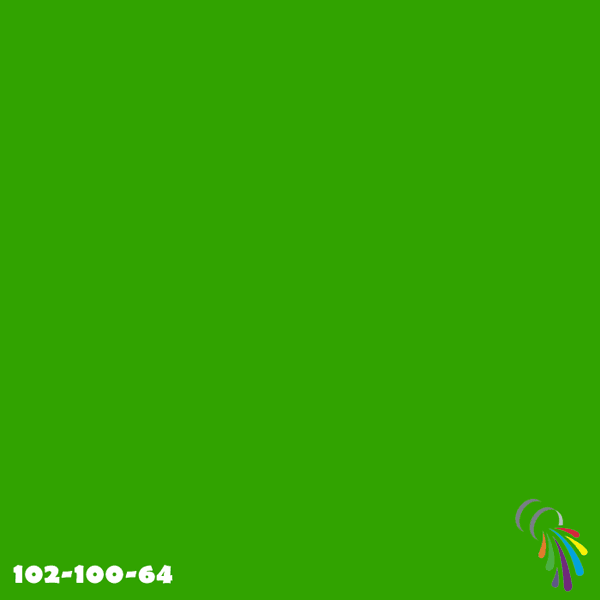 |
342-94-98 Whilst attempting to bring the 'Purple' having the inconvenient dying event in the paint shop, this is the hue that causes his heart to stop. This may come up looking a bit red on many monitors; in fact it's a purple. |
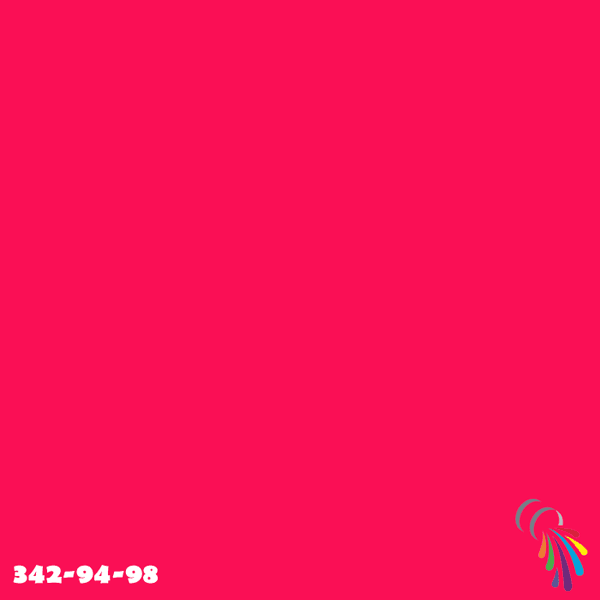 |
332-26-85 "....There was a fear - enthusiastically stoked by other Chromaticologists, I believe - that if you annoy a Swatchman they'd flash you a peek of 332-26-85, which dropped an instantaneous haemorrhoid. Strictly forbidden, of course, but the perception of a threat was eight times as good as a real one.." |
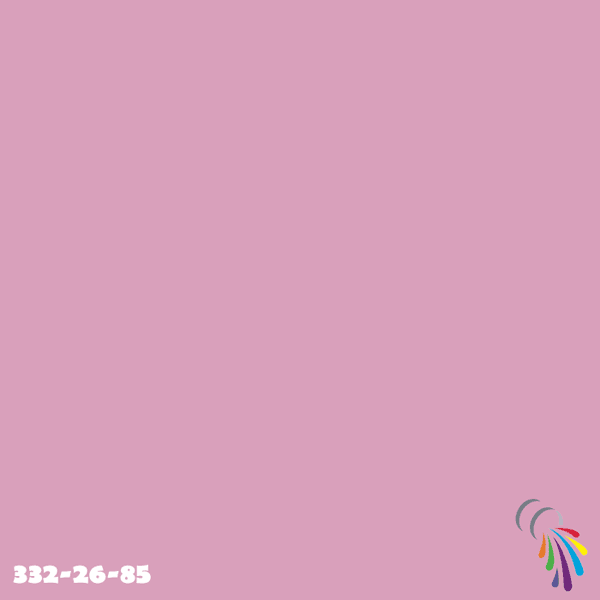 |
125-66-53 "....Lincoln or 125-66-53 was a chromatropic pain-killer ten times more powerful than Lime. Even a glimpse was enough to lower the heart rate, and a good ten-second stare would bring on a sense of dreamy other-worldliness and hallucinations. Some maintained it was a harmless indulgence, but a heavy Greener risked damaging their cortex.." |
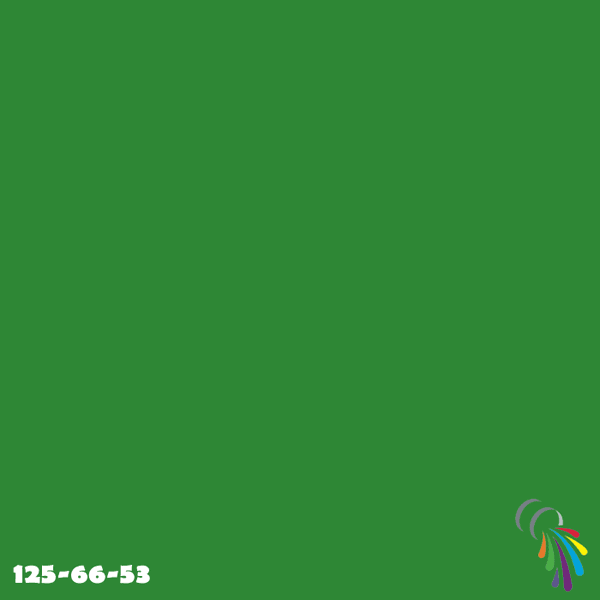 |
7-85-57 "...He was referring to Redlax, an instantaneous cross-spectral laxative of unprecedented violence. Even a glimpse would have someone running for the thunderbox as if their life depended on it.
..." |
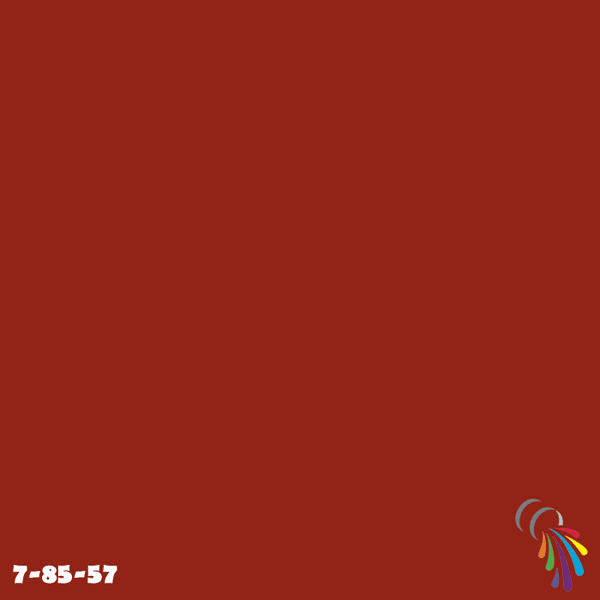 |
31-87-97 The official colour of carrots. Also used on Pumpkins and Apricots. |
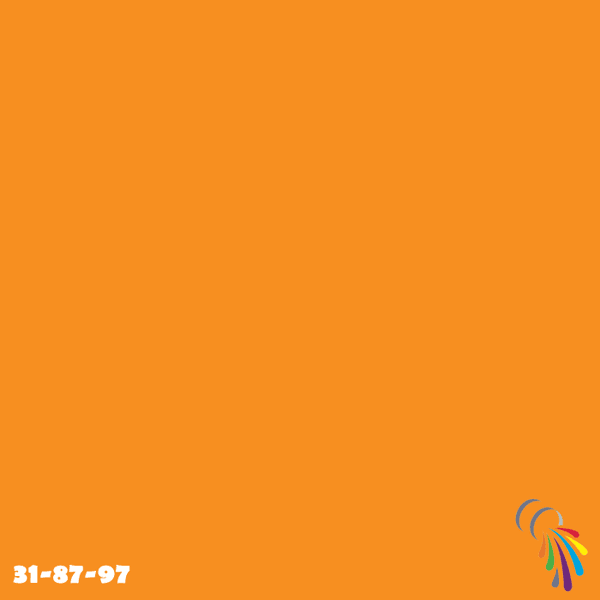 |
33-71-67 This was the colour that Eddie won 'best runner up' at Jollity Fair the year before the story takes place. The dark shade of mustard impressed Mathew Gloss sufficently to assist Eddie find a place at National Colour College. |
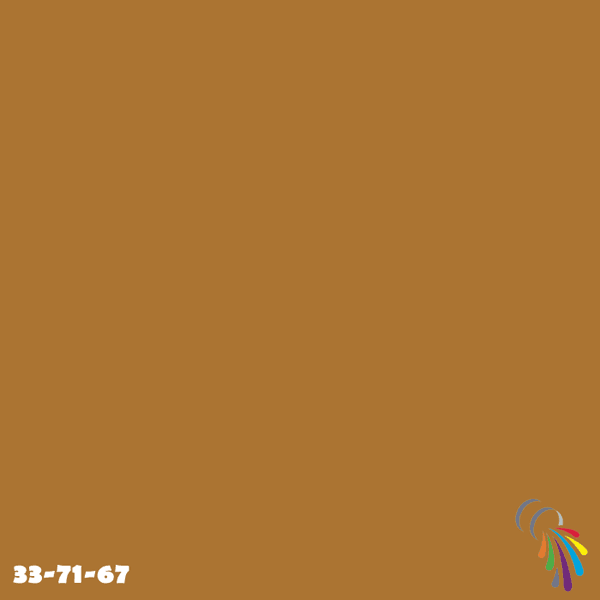 |